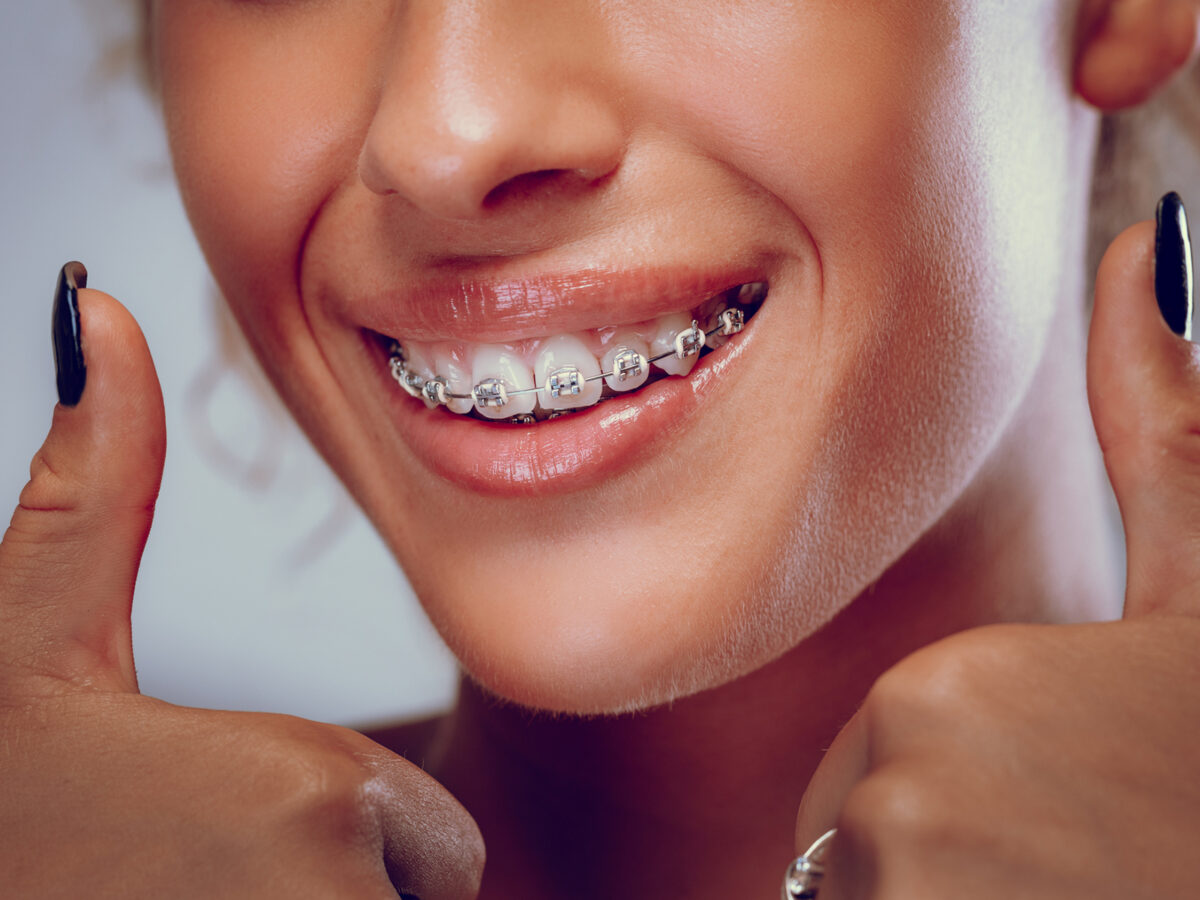Blog
Dental hygiene tips for healthy teeth & gums

5 Ways Orthodontics Can Improve Your Overall Oral Health
Orthodontics is a specialized branch of dentistry focused on correcting bites and aligning teeth. If you have crooked, overlapping, twisted teeth, or gaps between them, consider consulting an orthodontist. Common orthodontic treatments include traditional braces, clear aligners, and removable retainers.
Beyond enhancing your smile and boosting your confidence, orthodontics offers numerous benefits that safeguard against various oral issues. Its impact on your well-being extends beyond aesthetics.
Orthodontic treatment does more than just improve appearances; it can also significantly enhance overall oral health. Here are five ways orthodontic treatment can benefit your well-being:
- Preventing Dental Injuries: Misaligned teeth can be more susceptible to dental injuries during accidents. A misaligned tooth might absorb the full force of an impact, leading to chipping or fractures. Orthodontic solutions, such as braces or clear aligners, can rectify these misalignments and reduce the risk of dental trauma.
- Preserving Teeth and Preventing Wear: Once enamel is worn away due to issues like grinding or uneven alignment, it cannot regenerate. Misalignment can lead to grinding, which damages teeth. Improper alignment also results in wear, thinning the enamel, and increasing cavity risk. Orthodontic treatments can prevent these issues by aligning teeth correctly.
- Lowering Tooth Decay Risk: Crooked or crowded teeth can make oral hygiene challenging, creating hard-to-reach areas during brushing and flossing. This can lead to bacterial buildup and tooth decay. By aligning teeth, orthodontic treatment facilitates effective cleaning and reduces decay risk.
- Reducing Gum Disease Risk: Bacterial growth around and beneath the gums can lead to infections. Initially manifesting as gingivitis with symptoms like bad breath, it can escalate to painful, swollen, and bleeding gums, eventually resulting in tooth loss. By aligning teeth, orthodontic treatment enhances oral hygiene and wards off long-term gum diseases.
- Preventing Sleep Apnea with Jaw Alignment: Sleep apnea, characterized by sudden awakenings due to a narrowing airway from relaxed throat muscles, can be exacerbated by misaligned jaws. Night guards that adjust jaw position are a common solution. Orthodontic treatments can also address this issue by aligning the jaw.
Popular Orthodontic Treatments:
- Braces: Braces, which use brackets, bands, and wires, gradually straighten teeth. They come in various types, including metal and clear ceramic options.
- Invisible Teeth Straighteners: Clear aligners, like Invisalign, are popular alternatives to braces. These custom-made clear trays are worn for 1-2 weeks before transitioning to the next set, gradually moving teeth into their desired positions.
- Retainers: After completing treatment with braces or clear aligners, patients typically receive a custom-made retainer. This device ensures teeth remain in their new positions, playing a vital role in preserving the aligned smile.
- Palate Expander: Often recommended for children with developing facial bones, a palate expander widens the upper jaw. While not necessary for all children, it can create additional space in the mouth, eliminating the need for tooth extraction or other procedures in certain cases.
In Conclusion
Orthodontic treatment significantly enhances oral health and overall well-being. By addressing issues like crooked teeth and misaligned bites, it simplifies oral care routines and boosts self-esteem. In essence, orthodontics provides a comprehensive approach to improving both oral health and the overall quality of life.


